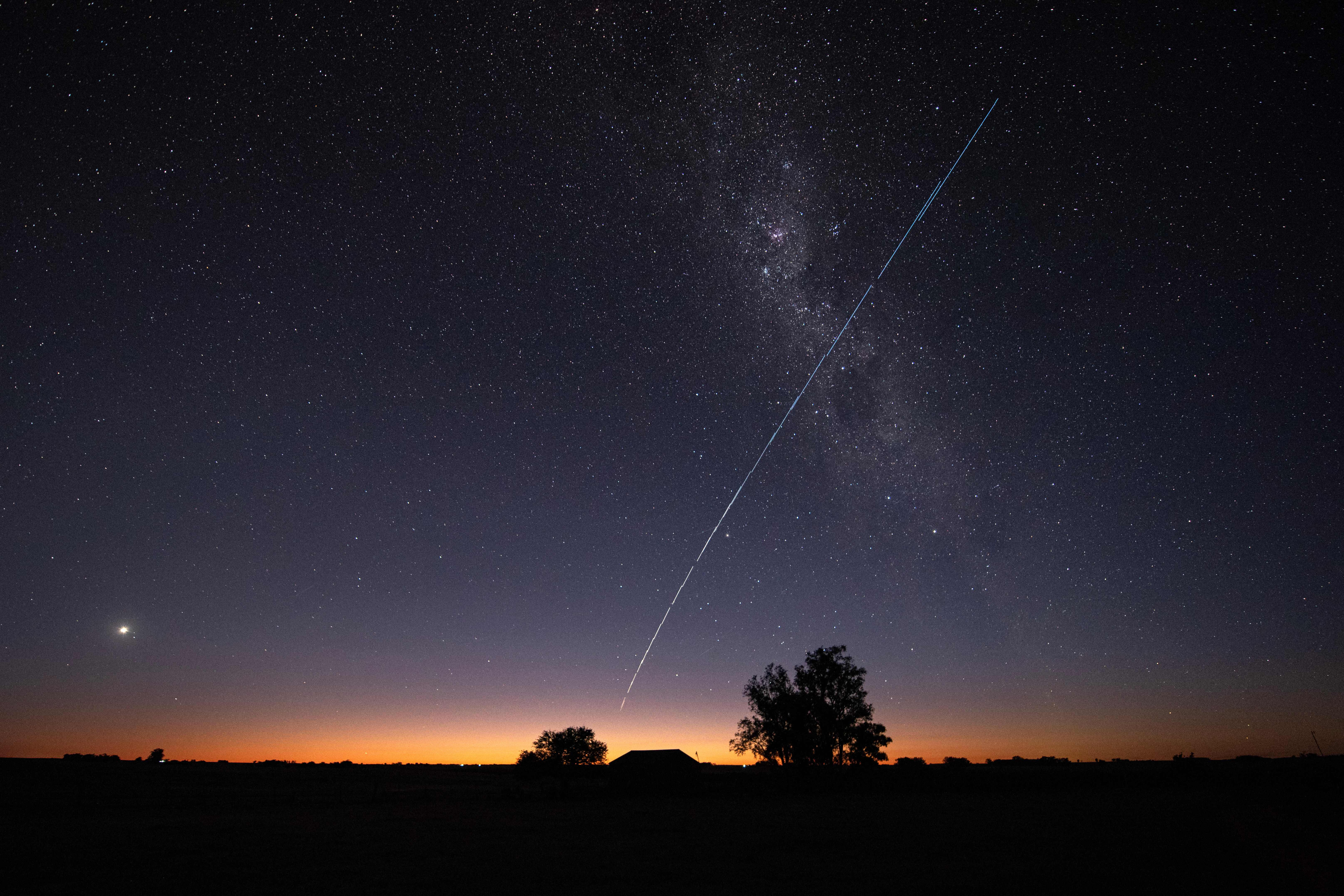Intense radio signals are coming from massive galaxies, scientists say

Mysterious blasts of intense energy, known as fast radio bursts, are coming from massive galaxies, scientists have said.
Fast radio bursts were first found in 2017, when scientists spotted that very powerful, very short pulses of radio-frequency light occasionally lit up the sky. Scientists have never been exactly sure what could create such a powerful but short burst of that kind, leading to speculation that it could be anything from extreme kinds of stars to alien technology.
In recent years, researchers have spotted hundreds of examples and are increasingly convinced they come from a type of highly magnetised dead star known as a magnetar. Recent work has given credence to that theory.
Now researchers have found more clues to where they might be coming from. The new work indicates that FRBs are more likely to occur in massive, star-forming galaxies, rather than low-mass ones.
“The immense power output of magnetars makes them some of the most fascinating and extreme objects in the universe,” says Kritti Sharma, lead author of the new study. “Very little is known about what causes the formation of magnetars upon the death of massive stars. Our work helps to answer this question.”
What’s more, it could offer clues about magnetars themselves, as well as fast radio bursts. It suggests that those dead stars with magnetic fields as strong as 100 trillion of Earth’s are created when two stars merge and blow up in a supernova.
Scientists had previously thought FRBs would come from all kinds of galaxies, but now it seems that it relies on metal-rich, more populous ones. The same is true of magnetars, which are presumably more common in those galaxies too.
The new research was the result of new work done using the Deep Synoptic Array-110, or DSA-110, which is a radio array run by the California Institute of Technology. It has found and localised 70 FRBs in total, and 30 of those were examined in the work.
The scientists behind the new work hope to find more FRBs and their location in space, with the hope of learning more about where they come from. A new array, known as DSA-2000, is expected to switch on in 2028 and could track down even more.
A paper reporting the findings, ‘Preferential Occurrence of Fast Radio Bursts in Massive Star-Forming Galaxies’, is published in Nature.
Join our commenting forum
Join thought-provoking conversations, follow other Independent readers and see their replies
Comments
Bookmark popover
Removed from bookmarks